April 25, 2025 – A recent report has projected that a 25% tariff on pharmaceutical imports could lead to an increase in U.S. drug costs by nearly $51 billion annually, potentially raising prices by up to 12.9%. The analysis was conducted by Ernst & Young and commissioned by the Pharmaceutical Research and Manufacturers of America (PhRMA), a major U.S. pharmaceutical trade group.
According to the report, the U.S. imported $203 billion in pharmaceutical products in 2023, with 73% of those imports coming from Europe, primarily from Ireland, Germany, and Switzerland. Total U.S. sales of finished pharmaceuticals that year were $393 billion.
The report, which was dated April 22 and not made public, highlights the potential impact of a 25% tariff on pharmaceutical products. PhRMA, whose members include major companies such as Amgen, Bristol Myers Squibb, Eli Lilly, and Pfizer, commissioned the study to assess the possible economic effects of such tariffs.
While PhRMA did not immediately respond to a request for comment, the group has previously argued that tariffs could hinder efforts to increase domestic manufacturing, which aligns with the goals of the Trump administration.
Pharmaceutical products have generally been excluded from trade disputes due to the potential negative consequences, but former President Donald Trump has repeatedly threatened a 25% tariff on these imports. Last week, the Trump administration launched probes into pharmaceutical imports, citing national security concerns related to the U.S. reliance on foreign drug production. The investigation has triggered a 21-day public comment period managed by the U.S. Department of Commerce.
The analysis notes that tariffs could increase costs for both imported finished pharmaceutical products and raw ingredients. Finished product tariffs could be passed onto consumers by wholesalers or retailers, while tariffs on intermediate goods could raise production costs for U.S. manufacturers by 4.1%. This could reduce the global competitiveness of U.S.-made drugs, the report suggests.
Additionally, the report pointed out that approximately 25% of U.S. pharmaceutical production is exported. Higher costs for raw materials and components could reduce foreign demand for U.S. medicines, potentially impacting jobs tied to the export sector. In 2023, the pharmaceutical industry accounted for 490,000 export-related jobs, with total pharmaceutical exports reaching $101 billion.
The study did not assess the potential impact of retaliatory tariffs, which could further affect U.S. pharmaceutical producers.
Discover comprehensive supply chain report news insights at The Supply Chain Report. For international trade resources, visit ADAMftd.com.
#PharmaceuticalTariffs #DrugCosts #USTariffs #HealthcareEconomics #PharmaIndustry #GlobalTradePolicy #CostImpact

















